10 Easy Tips to Grow Basil Indoors Successfully
Basil is a popular herb known for its aromatic leaves and vibrant green color. This plant thrives in warm conditions and is often grown outdoors, but it can also be successfully cultivated indoors. Typically, basil blooms in late spring to early summer, producing small white or purple flowers. When grown inside, basil can add a fresh, flavorful touch to your kitchen or windowsill. In this article, we will share practical tips for growing basil indoors, ensuring it flourishes all year long.
This post may contain affiliate links, which helps keep this content free. Please read our disclosure for more info.
Use Artificial Light if Necessary
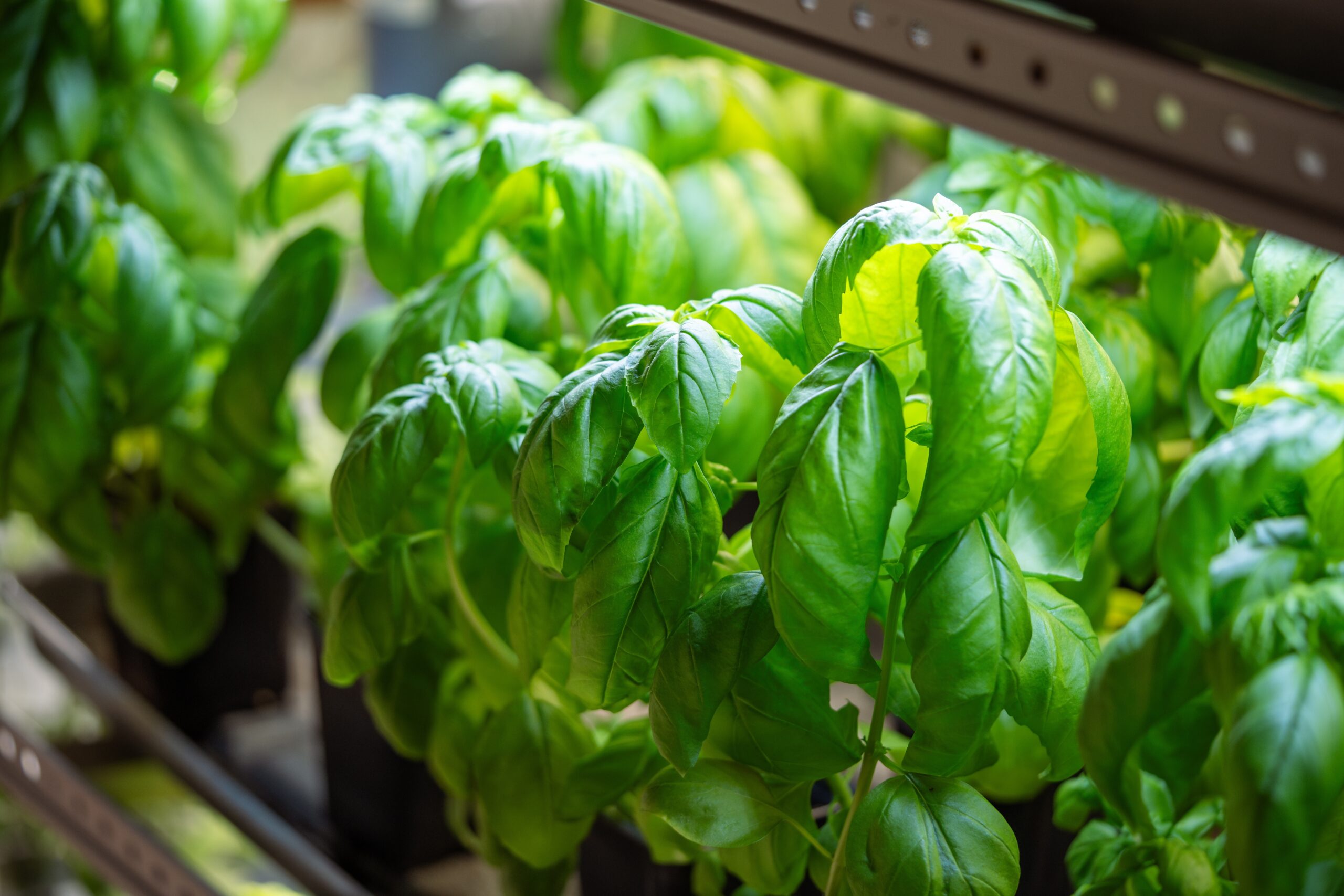
When growing basil indoors, natural sunlight may not always be enough, especially during the shorter days of winter. Using artificial lights, such as fluorescent or LED grow lights, can help your basil thrive indoors. Keep the light source about 2 to 4 inches above the plant, providing a consistent 12-hour light cycle to simulate daytime conditions. This will encourage strong growth even when natural light is limited.
Artificial light ensures your basil receives the necessary light energy, even if it is not positioned in the best location. Fluorescent lights are often a good choice for growing indoor plants, as they are energy-efficient and do not emit excessive heat. Be mindful of not letting the plant touch the bulbs, as this can cause the leaves to burn. With the right lighting setup, your basil will stay healthy and productive indoors.
Provide Adequate Sunlight
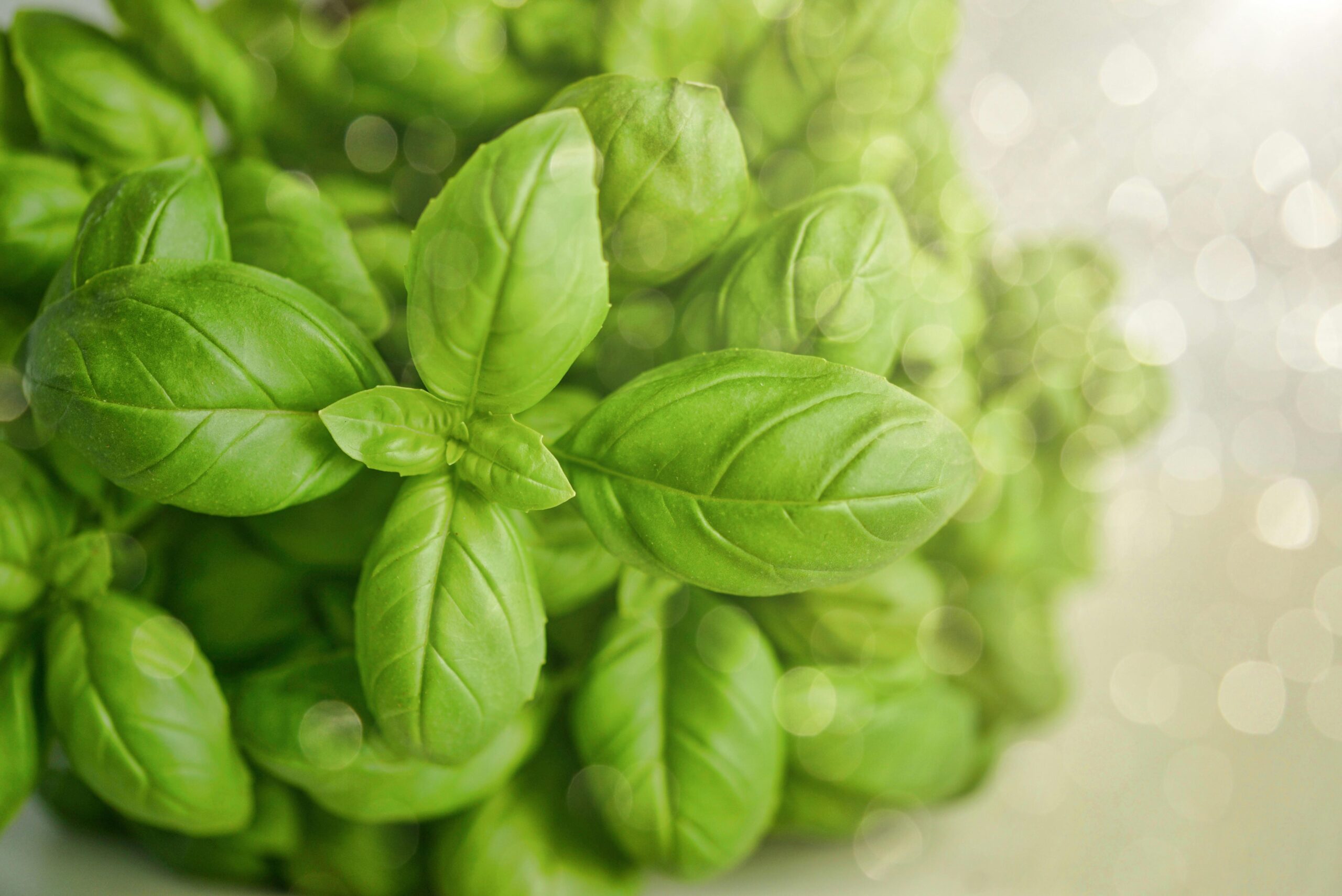
Basil thrives in sunlight, so it is crucial to ensure your indoor basil receives at least six hours of direct sunlight each day. Place your basil near a south-facing window for the best results, as this direction typically gets the most light. If you do not have access to a sunny spot, you may consider using artificial light to supplement natural light. This ensures the plant has the energy it needs for healthy growth, leading to more flavorful leaves.
Lack of sunlight can cause basil to become leggy and weak, as the plant will stretch toward the light source in an attempt to find more. Without enough light, basil may fail to produce the vibrant green color and strong flavor it is known for. To prevent this, monitor your plant’s position throughout the day and adjust as needed to keep it under adequate sunlight. Consistent light exposure encourages compact, healthy growth, resulting in a robust indoor basil plant.
Maintain Ideal Temperature and Humidity
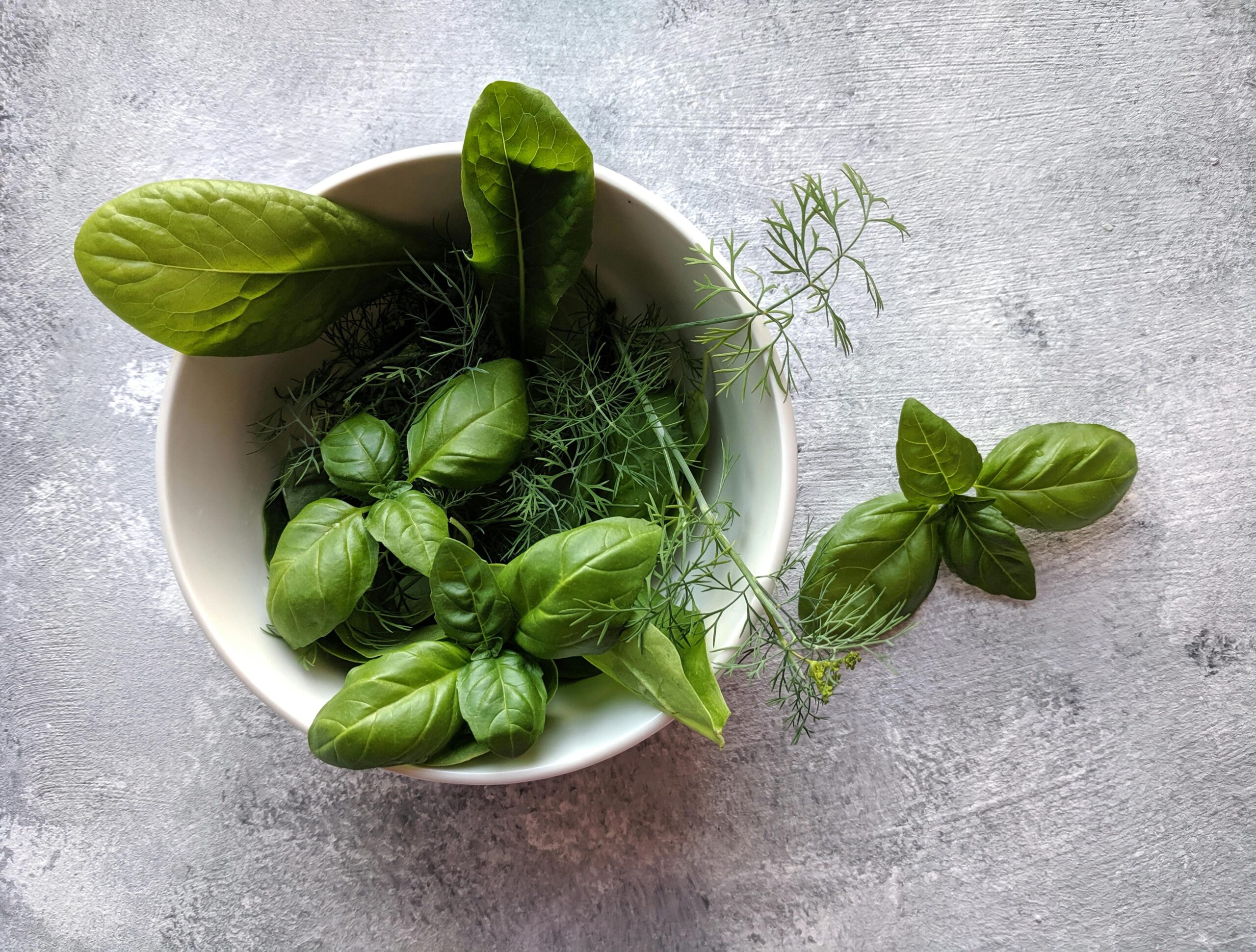
Basil plants thrive in warm temperatures, ideally between 70 to 80 degrees Fahrenheit. If your indoor space is too cold or too hot, the plant may struggle to grow. Keep your basil away from drafty windows or heating vents, as cold drafts or fluctuating temperatures can cause stress and stunt its growth. A consistent, warm environment will help your basil maintain healthy foliage and encourage leaf production.
Basil also prefers a slightly humid environment. If the air in your home is dry, consider misting your plant occasionally or placing it on a humidity tray with water and pebbles. This added moisture in the air helps prevent the plant from drying out, especially in winter months when indoor air tends to be drier. Maintaining both the right temperature and humidity ensures your basil remains vibrant and healthy all year long.
Water Your Basil Properly

Basil plants require regular watering to keep their leaves lush and green. It is important to water basil when the top layer of soil has dried out, but avoid overwatering, as basil is sensitive to root rot. When watering, give the plant a deep drink, allowing the water to soak through the drainage holes at the bottom of the pot. This encourages strong root growth and prevents the plant from becoming waterlogged.
Overwatering can be just as harmful as underwatering, leading to root rot and mold growth in the soil. Basil is best watered consistently but not excessively. If the leaves start to droop, it is a sign that the plant needs water, but it should not be allowed to sit in standing water. Check the moisture level in the soil regularly to find the right balance for your basil plant.
Fertilize Your Basil Regularly

Basil plants benefit from occasional fertilization, especially since they are frequently harvested for their leaves. Use a balanced liquid fertilizer, diluted to half strength, to feed your basil once a month. This helps provide the necessary nutrients to keep the plant growing strong and productive. Fertilizing ensures that your basil continues to produce fresh leaves throughout its growing season.
If your basil is growing slowly or showing signs of nutrient deficiency, consider increasing the fertilization frequency to twice a month. However, be cautious not to over-fertilize, as too many nutrients can lead to weak, spindly growth. Regular feeding with a balanced fertilizer provides your indoor basil with the nutrients it needs to thrive and produce flavorful leaves for cooking.
Prune Your Basil Regularly
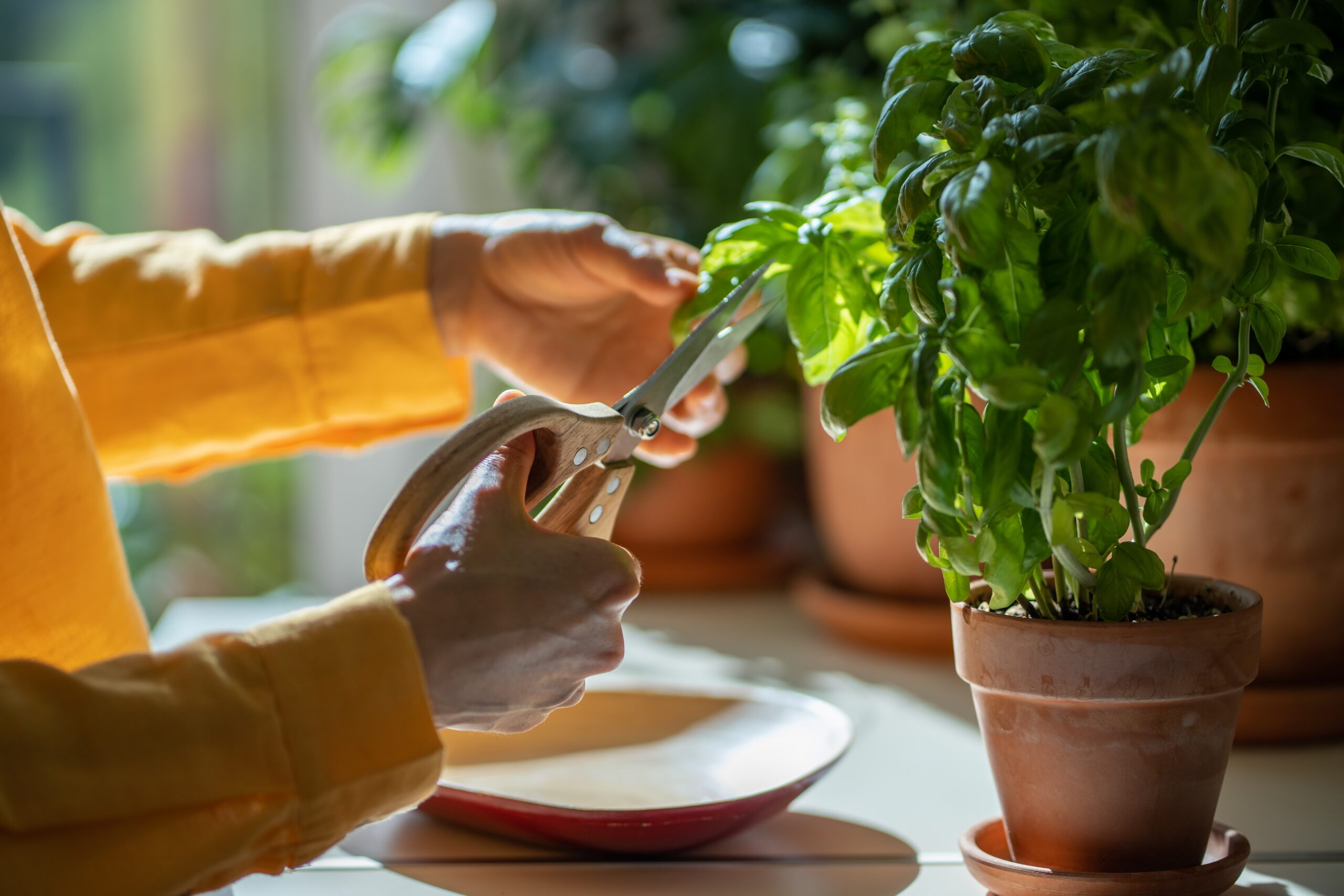
Pruning is an essential step in keeping your basil plant healthy and productive. By removing the top leaves and any flower buds that appear, you encourage the plant to focus its energy on producing more leaves rather than flowers. Regular pruning helps basil maintain a bushy, compact shape rather than becoming tall and leggy. Be sure to use clean, sharp scissors or pruning shears to avoid damaging the plant.
Pruning also prevents basil from becoming too woody or sparse. If left unchecked, basil may develop long, thin stems and fewer leaves, reducing its overall yield. By cutting back the plant regularly, you will promote healthier growth and a more abundant harvest. With proper pruning, your indoor basil plant will remain vibrant and full of flavor for longer periods.
Choose the Right Container for Your Basil
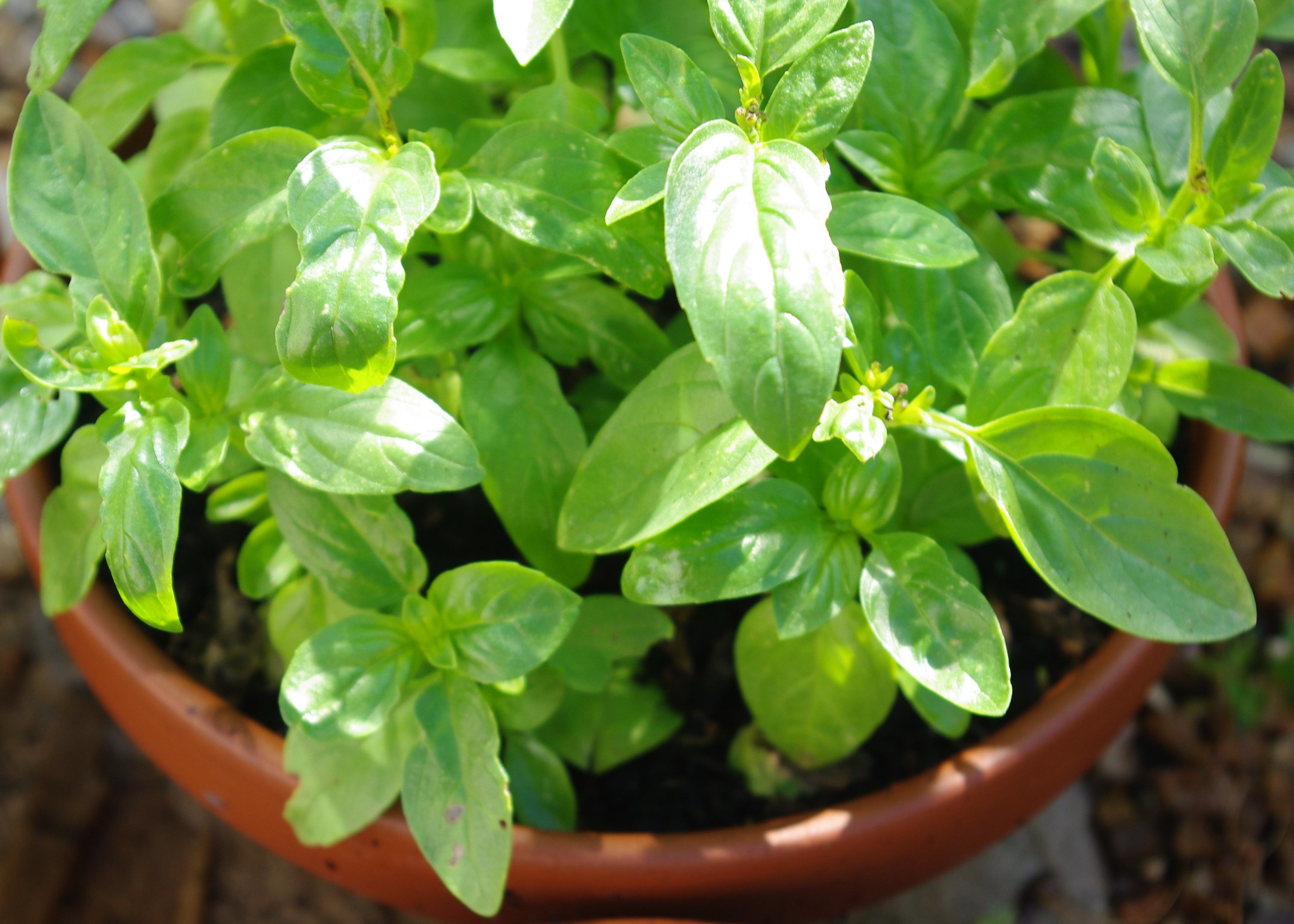
When growing basil indoors, selecting the right container is important for the plant’s overall health. Basil needs a pot with good drainage to prevent water from sitting in the bottom, which can lead to root rot. A 4-inch pot is usually sufficient for a young basil plant, but larger pots may be needed as the plant grows. Always make sure the container has drainage holes to allow excess water to escape.
A pot that is too small can restrict root growth, while a container that is too large can retain too much moisture. Proper container size helps balance the moisture level in the soil, preventing the roots from becoming waterlogged. When you choose the right container, your basil will have the space it needs to thrive indoors.
Use High-Quality Potting Mix
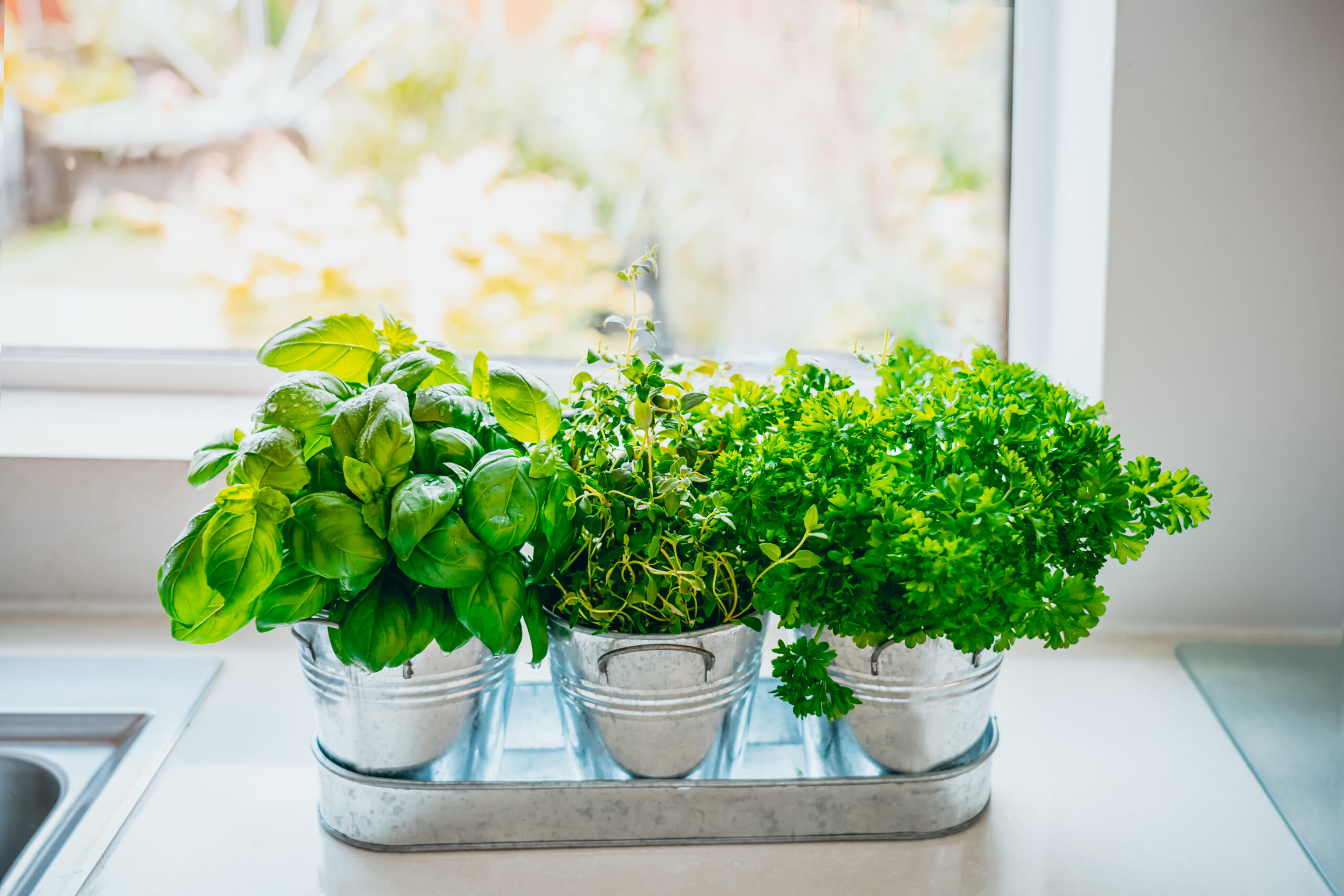
Basil requires a potting mix that is well-draining but also retains enough moisture to support healthy growth. High-quality potting mix, especially one that is rich in organic matter, is ideal for growing basil indoors. Consider adding a few tablespoons of organic compost to your mix for added nutrients. A light, loamy soil mixture ensures that the roots can access the necessary moisture and nutrients without becoming waterlogged.
Avoid using garden soil, as it tends to be too dense for container plants and can lead to poor drainage. A good potting mix will promote healthy root development, providing your basil with the foundation it needs for vigorous growth. The right soil will also help prevent common basil issues like yellowing leaves or root rot, keeping your indoor plant healthy.
Repot Basil When Necessary
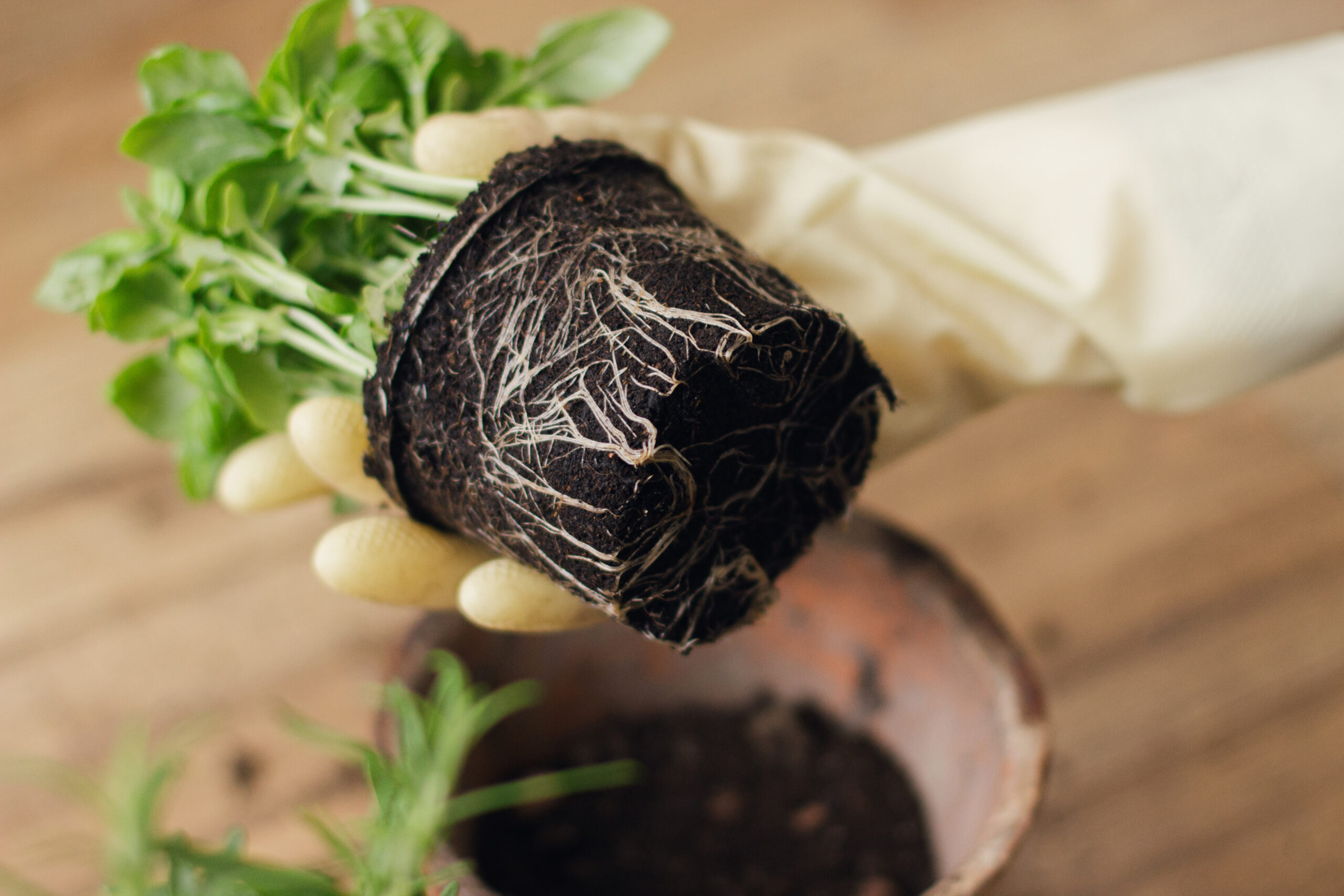
Basil plants need to be repotted when they outgrow their current container. If the roots have filled the pot or are growing out of the drainage holes, it is time to move the plant to a larger container. Typically, basil does not need frequent repotting, as it is an annual plant and will usually reach the end of its life cycle before requiring a new pot. However, if you started basil from seeds, it is essential to transplant seedlings into a 4-inch pot to encourage healthy growth.
Repotting provides fresh soil and more space for the roots to expand, allowing the plant to continue growing vigorously. Be sure to use fresh, well-draining potting mix and select a container that is one or two sizes larger than the current pot. This gives the plant enough room to develop a strong root system and thrive indoors.
Maintain Good Air Circulation

Proper air circulation is important for indoor basil plants to prevent mold and mildew. Avoid placing your basil in cramped spaces or too close to other plants, as poor airflow can lead to fungal growth. If you live in a particularly humid area or your home tends to get damp, consider using a small fan to help circulate air around your basil. Good air circulation keeps the plant healthy by preventing excess moisture from accumulating on the leaves and soil.
Air movement helps strengthen the basil’s stems and encourages robust growth. Basil plants that have access to fresh air are less likely to suffer from diseases like powdery mildew or root rot. By maintaining proper airflow, your indoor basil will stay strong and healthy throughout its growing season, ensuring a steady supply of fresh leaves for your kitchen.
This article originally appeared on Avocadu.
